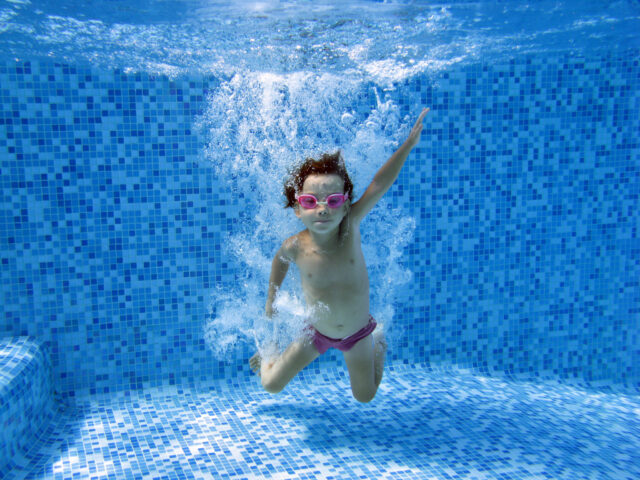Six Water-Safety Tips Worth Reiterating
It’s no secret that our kids LOVE the water. From splash pads and sprinklers to water tables, kiddie pools, and trips to the beach, there is no element more mistifying to our children than good old shimmering, glimmering H2O.
But with these seemingly innocent summer activities also comes the potential for unthinkable disaster- accidental drowning. According to the CDC, drowning is the second leading cause of accidental injury death in children ages 1-14 and can even occur in shallow bodies of water just several inches deep.
So what’s a mama to do? Avoid every vessel of water until her kids enter puberty? That won’t be necessary. Thankfully, accidental drowning can be easily prevented through proper supervision, emergency planning, and remaining present while your kids are in or around the water.
So slap on some sunscreen, blow-up your floaties, and get ready to doggy-paddle your way through these six water-safety tips worth reiterating.
Take Swimming Lessons
Thanks to new evidence, the American Academy of Pediatrics recently revised their recommendations for when children should start swimming lessons. Formerly, it was said that formal swim lessons should not be given to children under the age of 4. Now, armed with this new evidence, pediatricians are encouraging parents to enroll their children in professional swim lessons as early as age 1. This is because studies have shown that children ages 1-4 who have received formal swimming lessons are less likely to drown.
Use Floats
Although lifejackets, water wings, and other flotation devices aren’t a replacement for proper adult supervision, these tools can help add an extra layer of security when it comes to supervised water play. Be sure to pay attention to the manufacturer’s recommendations for height and weight, and choose a device that makes your child feel confident and comfortable in the water.
Remain Within Arms Reach
A simple rule for keeping young children safe in the water is to always remain within arm’s length, so you can swoop in and assist when needed. So sit by the ledge of the pool, wade in the water with them, or stay down by the shore as your kids’ splash in the surf. This simple act alone is often enough to save a life.
Learn CPR
CPR is one of those things that every parent should learn with the hopes of never having to use it. Being able to react calmly and effectively in an emergency is one of the most important factors for keeping your child safe both in and out of the water. For more information or to find a CPR class near you, click here.
Keep It On Lock
Unfortunately, most instances of drowning in children tend to occur during non-swim times, which is why it is imperative to ensure that your child isn’t able to sneak off to splash around without your knowledge. If you have a pool, be sure to keep it fenced off and locked. Furthermore, mop buckets of water, coolers full of melted ice, and other vessels of water also pose a risk for drowning and need to be checked and emptied regularly.
Be Present
When it comes to spending a day at the pool or around any body of water, it’s important to stay present and pay attention- even if there is a lifeguard on duty. So prepare to pack away your book and put down your phone, because a proper water-safety protocol requires your undivided attention.

